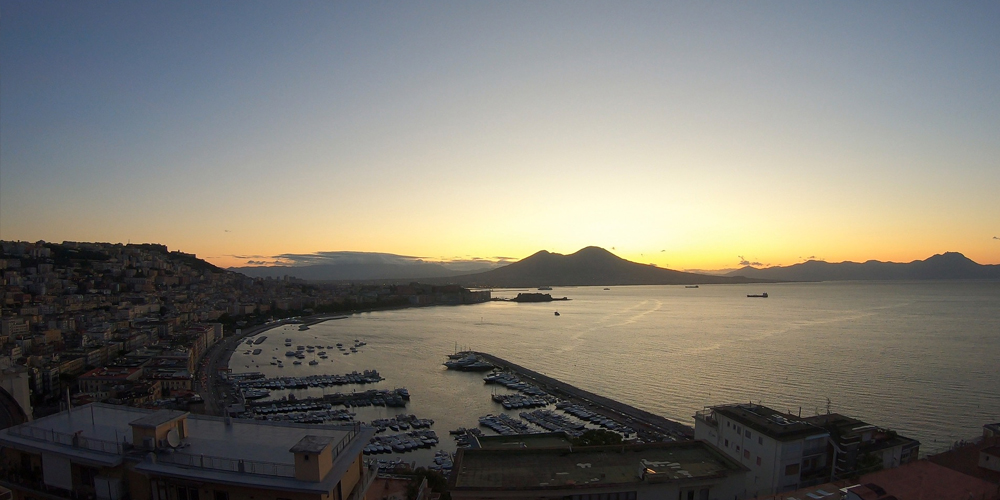The cardinal points of Naples

Naples, a pearl set in the middle of the Mediterranean, has a unique geographical position defined by a precise urban plan that refers to the cardinal points.
The historic center of Naples
Beyond the name, the historical centre of Naples is located south of what according to the cardinal points is the centre of the city (more or less near the Bosco di Capodimonte). The nerve centre and cultural point of the emblem of the southern cities, the historic centre of Naples has been a UNESCO heritage site since 1997 and also includes the ancient centre of the city. Inside we find a myriad of testimonies and jumble of cultures that over the years have thickened in the alleys of the city. Proceeding from the cardinal centre of the city where we find one of the residences of the kings of Naples, the Reggia di Capodimonte, which preserves some of the most beautiful paintings in the world, including some works by Caravaggio.
Continuing south we are invaded by the folklore of the Sanità district, home of the prince of Neapolitan laughter, Totò, and some of the most beautiful examples of Neapolitan noble palaces, such as the Palazzo dello Spagnuolo and Palazzo Sanfelice. Immediately after Sanità we meet the National Archaeological Museum, rich in history and testimonies of Greek-Roman Naples. The Museum together with the Galleria Principe di Napoli acts as a door to the real ancient centre of the city. From here begins the system of thistles and decumani of the hippodameo scheme, which will take you to enjoy the beauty of the UNESCO heritage centre.
The first decuman that we encounter is also the Maggiore one which from the centre reaches up to Forcella and which contains a string of attractions of any kind and age. Starting from Piazza Bellini, famous for the historic conservatory of San Pietro a Majella, you will discover along the way the San Severo Chapel, home of the Veiled Christ, the Church of Santa Maria Delle Anime del Purgatorio ad Arco, famous for the cult of its skulls, the underground Naples and the street of the cribs, San Gregorio Armeno, which throughout the year makes you breathe the Christmas air. You reach the lower decuman through San Gregorio Armeno which coincides with Spaccanapoli, the historic street that ideally cuts the city in half and that reaches the central station, crossing the beautiful Piazza del Gesù Nuovo with the homonymous church, in front of the beautiful church of Santa Chiara, where there are the remains of many kings who dominated Naples.
Next to these, there are other alleys and other attractions that you can discover in every corner of the centre and that you cannot find anywhere else in the world.
The southern border of Naples: from the waterfront to the shopping streets
This is a small itinerary that, following the cardinal point heading south, allows you to visit a large part of the ancient, Renaissance, Baroque and modern city, but there are also other dozens of unmentioned attractions that may interest you.
What are you still doing there? Come and enjoy the geography of Naples from North to South and from East to West!










Lascia un commento